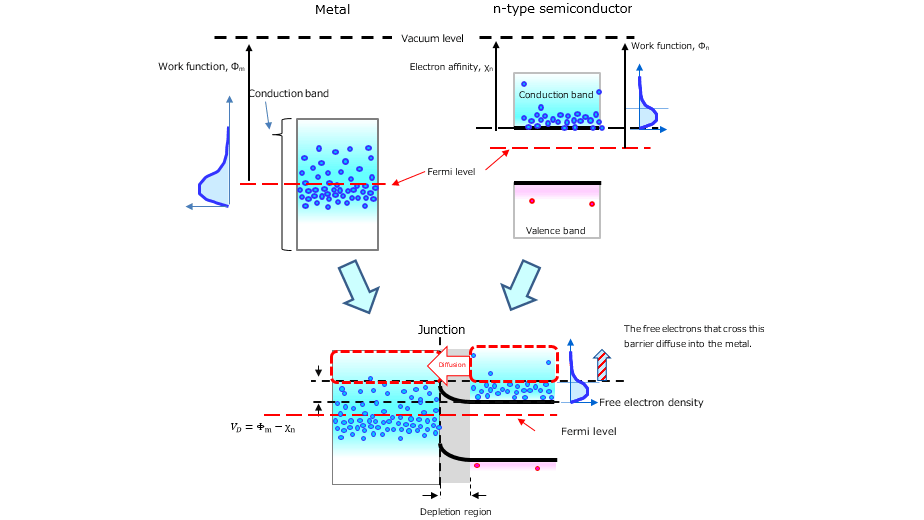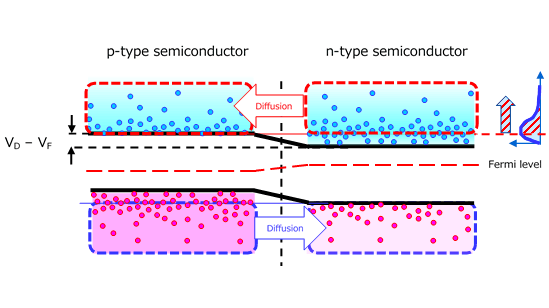- General Top
- SEMICONDUCTOR
- STORAGE
- COMPANY
-
My ToshibaSemicon
- Semiconductor Top
-
ApplicationsAutomotive
Body Electronics
xEV
In-Vehicle Infotainment
Advanced Driver-Assistance Systems (ADAS)
Chassis
IndustrialInfrastructure
BEMS/HEMS
Factory Automation
Commercial Equipment
Consumer/PersonalIoT Equipment
Healthcare
Wearable Device
Mobile
Computer Peripherals
-
ProductsAutomotive Devices
Discrete Semiconductor
Diodes
Transistors
Logic ICs
Analog Devices
Digital Devices
Wireless Devices
※
: Products list (parametric search)
Power SemiconductorsSiC Power Devices
※
: Products list (parametric search)
Isolators/Solid State RelaysPhotocouplers
Digital Isolators
Solid State Relays
Fiber Optic Transmitting Modules
※
: Products list (parametric search)
MOSFETsIGBTs/IEGTsBipolar Transistors※
: Products list (parametric search)
Diodes※
: Products list (parametric search)
MicrocontrollersMotor Driver ICsIntelligent Power ICs※
: Products list (parametric search)
Power Management ICsLinear ICs※
: Products list (parametric search)
General Purpose Logic ICsLinear Image SensorsOther Product ICsOther Product ICs
※
: Products list (parametric search)
-
Design & Development
-
Knowledge
- Where To Buy
- Part Number & Keyword Search
- Cross Reference Search
- Parametric Search
- Stock Check & Purchase
This webpage doesn't work with Internet Explorer. Please use the latest version of Google Chrome, Microsoft Edge, Mozilla Firefox or Safari.
require 3 characters or more. Search for multiple part numbers fromhere.
The information presented in this cross reference is based on TOSHIBA's selection criteria and should be treated as a suggestion only. Please carefully review the latest versions of all relevant information on the TOSHIBA products, including without limitation data sheets and validate all operating parameters of the TOSHIBA products to ensure that the suggested TOSHIBA products are truly compatible with your design and application.Please note that this cross reference is based on TOSHIBA's estimate of compatibility with other manufacturers' products, based on other manufacturers' published data, at the time the data was collected.TOSHIBA is not responsible for any incorrect or incomplete information. Information is subject to change at any time without notice.
require 3 characters or more.
2. Metal-semiconductor junction
In the previous section, we have discussed the diffusion potential across a pn junction.
You now understand that the Fermi level is the reference energy level for the pn junction.
In the case of a metal-semiconductor junction, a metal and a semiconductor are joined together so that their Fermi levels line up with no external bias. Although the Fermi level is used as a reference point for the diffusion potential (barrier potential) of a pn junction, for a metal-semiconductor junction the work function is used as a reference point. The characteristics of the metal-semiconductor junction depend on whether the work function of the metal is greater or less than that of the semiconductor as described later.
These are some terms used here:
- Electron affinity: Generally, the electron affinity of an atom or a molecule is defined as the amount of energy released when an electron is attached to a neutral atom or molecule. The electron affinity of a semiconductor is a difference between the lowest energy level in the conduction band and the vacuum level. The electron affinity of a metal is equal to its work function.
- Fermi level: The Fermi level is the energy level that has a 50% probability of being occupied by an electron according to the Fermi distribution
- Work function: The work function is the amount of energy needed to remove a free electron from a molecule. It is equal to a difference between the Fermi and vacuum levels.
- Vacuum level: The vacuum level is the energy level of a charged particle (e.g., an electron) when it is in a vacuum with zero kinetic energy.

When an n-type semiconductor with a work function of Φn and a metal with a work function of Φm are joined together, the characteristics of the metal-semiconductor junction depend on the difference between Φn and Φm. A Schottky junction is formed when Φm > Φn whereas an ohmic junction is formed when Φm < Φn. The work function of a semiconductor is the Fermi level minus the vacuum level.
- 1/4
- Next
Chapter2 Basics of Schottky Barrier Diodes (Basic of Metal-semiconductor junction)
Related information
- Products
Schottky Barrier Diodes - Application Notes
Application Notes - FAQs
Diodes - Parametric Search
Schottky Barrier Diodes - Stock Check & Purchase
Stock Check & Purchase


